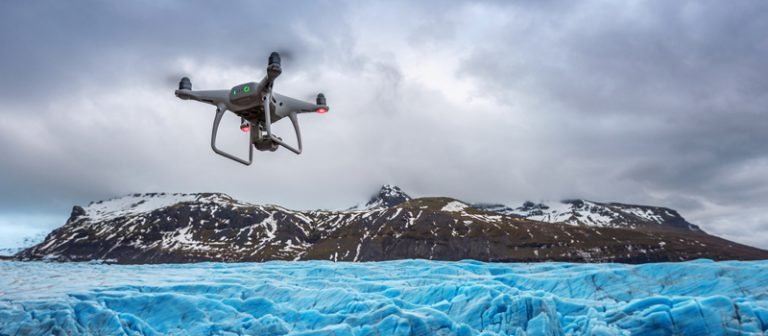Engineers have recently landed in Antarctica to conduct tests on a new drone designed to assist experts in forecasting the impact of climate change. The deployment of this innovative device marks a significant milestone in scientific research, allowing researchers to access previously inaccessible parts of the continent due to harsh weather conditions.
The Significance of the New Drone
The new drone represents a breakthrough in technology that promises to revolutionize climate research in Antarctica. By providing scientists with access to remote regions of the continent, the drone enables them to gather crucial data essential for understanding the effects of climate change.
Overcoming Weather Challenges
Antarctica’s extreme weather conditions pose significant challenges to scientific exploration. In the past, researchers relied on traditional methods of travel, such as foot and polar bear, to navigate the harsh terrain. However, technological advancements, such as the new drone, offer a safer and more efficient means of conducting research in Antarctica.
Testing in North Wales
Before its deployment in Antarctica, the new drone underwent rigorous testing in Eri also known as Snowdonia, North Wales. The wild weather conditions of the region provided an ideal environment to assess the drone’s capabilities and durability in challenging conditions.
Features of the Drone
The drone features autonomous capabilities, allowing it to operate without the need for a pilot onboard. Equipped with advanced sensors and monitoring systems, the drone can withstand harsh environments and adverse weather conditions, making it suitable for conducting research in remote locations.
Environmental Benefits
In addition to its scientific capabilities, the new drone offers environmental benefits compared to traditional aircraft. With a significantly reduced fuel consumption and emissions, the drone represents a more sustainable and eco-friendly approach to aerial research.
Mapping Antarctica’s Terrain
Scientist Tom Jordan highlights the importance of the drone’s radar technology in mapping Antarctica’s terrain. By collecting data on the structure of ice sheets and underlying topography, researchers can better predict the rate of ice melt and its impact on global sea levels.
Bridging Knowledge Gaps
One of the key objectives of the drone mission is to fill knowledge gaps in Antarctica’s landscape. Through aerial surveys and environmental measurements, researchers aim to uncover previously unexplored areas and gain insights into the continent’s geological features.
Weather Challenges and Flight Conditions
Weather conditions play a crucial role in determining the success of drone flights in Antarctica. Severe winds and unpredictable weather patterns pose significant risks to aerial operations, requiring researchers to carefully monitor weather forecasts and flight conditions before deploying the drone.
Future Implications
While the drone cannot stop the ice from melting, it provides valuable insights that will help scientists prepare for the future impact of climate change. By gathering data on Antarctica’s changing landscape, researchers can develop more accurate models and predictions to inform environmental policy and decision-making.
Conclusion
The deployment of the new drone in Antarctica represents a significant milestone in climate research. As scientists continue to explore the continent’s vast and remote regions, the drone’s capabilities offer unprecedented opportunities to study the impact of climate change and advance our understanding of Earth’s changing environment. Through collaboration and innovation, researchers strive to address the challenges posed by climate change and safeguard the planet for future generations.
